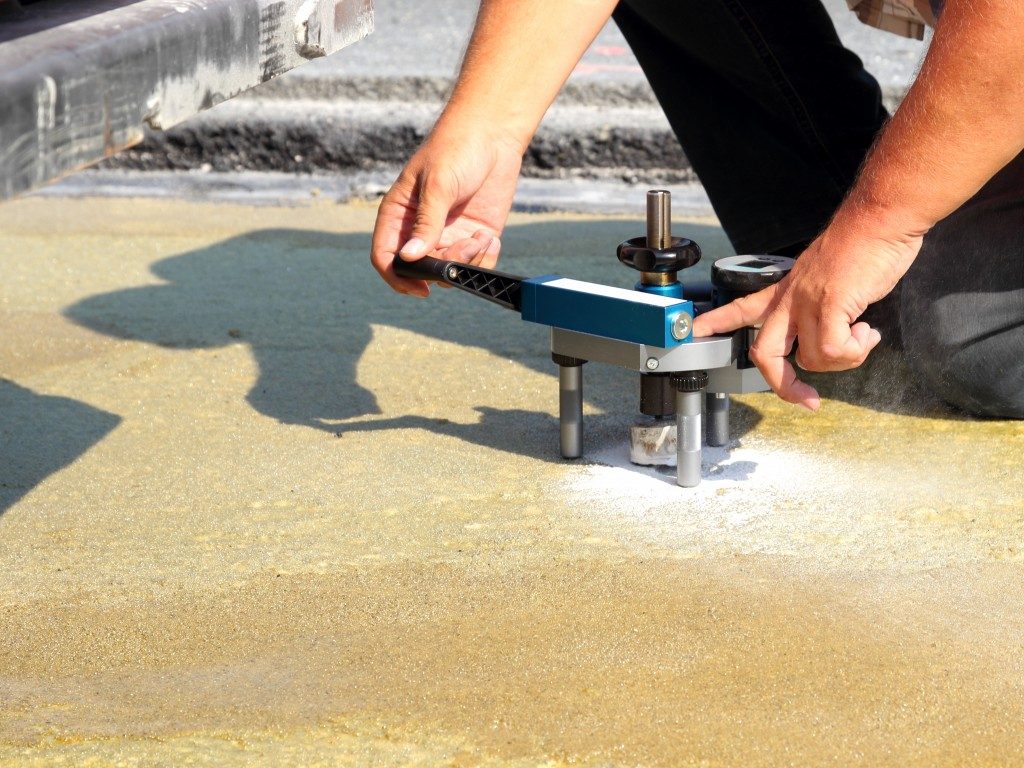Durability is an important quality of cedar timber cladding. If you want to get more from your investment, you must think about water ingress. You do not want water to infiltrate the property and ruin everything you have worked hard to build. Traditional-Style weatherboarding could last long, and the colour would not fade if the wood were protected well enough.
The problem with moisture
Performance is affected by how well the timber is protected from moisture. If the boards are not of the right size, water will infiltrate, and the wood will shrink or swell. Everything starts breaking down from there. When the panels are laid out inappropriately, water enters through the gaps. Aside from proper installation, the longevity of wooden cladding can be assured with adequate waterproofing. Moreover, the choice of coating further prolongs the life of the wood. Choosing paints that require less maintenance would lessen the expense for you. The right coat will prevent discolouration and weathering.
What is sarking and why is it important?
When optimum performance is on the menu, the discussion typically leads to sarking. Sarking is building paper that is flexible, permeable, fire resistant, and critical to the performance of any cladding material. Sarking is useful for any timber species and performs well irrespective of board size or profile. The material is highly recommended for homes in areas that are prone to wind updraughts. Nevertheless, you must realise that sarking is not synonymous to absolute waterproofing. The laying out and installation of the panels must still be done properly.

How will sarking help your cause against moisture? Sarking is essential to the prevention of water lodging in the frame, or restrict the flow of vapour, and keep away draught. Rain and dust can accumulate in the wall cavity, which could prove to be a problem in the future. Usually, installers place the material directly behind the timber panels. For best results, your options include breather type sarking, vapour permeable, reflective foil laminate, or vapour permeable building paper. Non-permeable materials and perforated foil insulation should never be used. When properly installed, sarking directs moisture back to the outside during periods of wet weather.
A note on wood sealants
Certain sealants penetrate within the wood, while others just repel water. What do you need? That depends on the type of wood and its innate properties. Epoxy resin and varnish are standard sealants. Other options include linseed oil and some synthetic oils. If you are on a budget and want to save a few dollars, you can make it work by mixing acetone and polyester resin. You will do well with any of the above mentioned products for as long as the product suits the wood species.
The second skin of your house should be waterproof. Otherwise, you would run into plenty of problems later on. Make the right choice so that you will improve the overall aesthetic of the house while adding another layer of protection. Remember to prioritise moisture control, and you will be minimising dicolouration and protecting the outer shell of your home as well.

